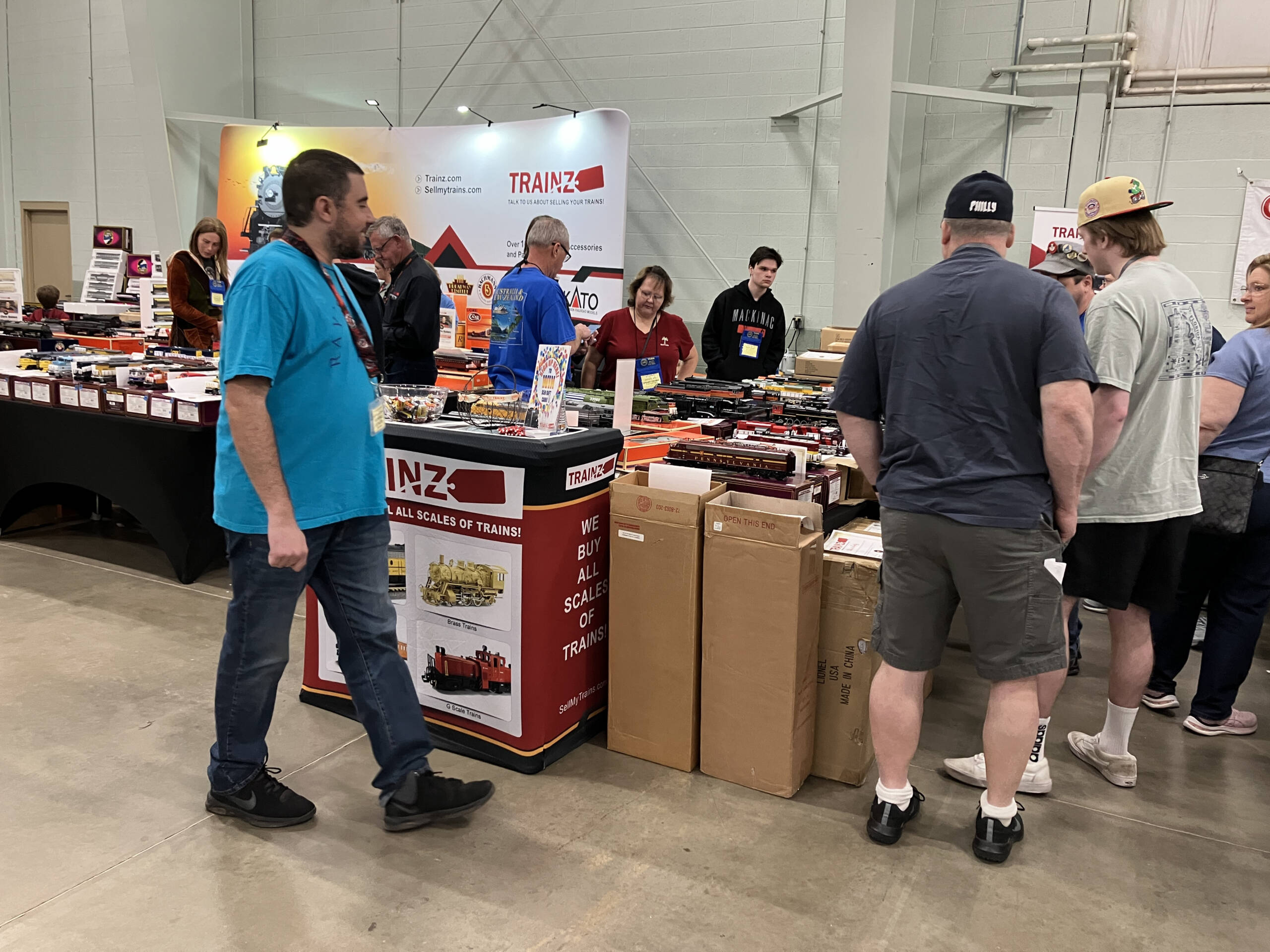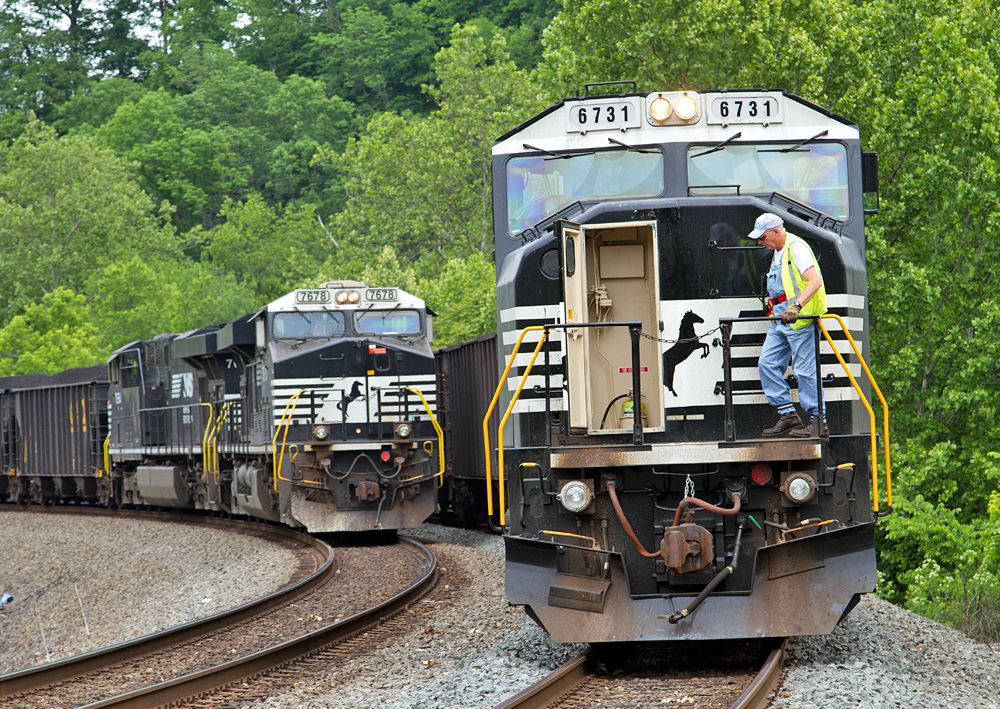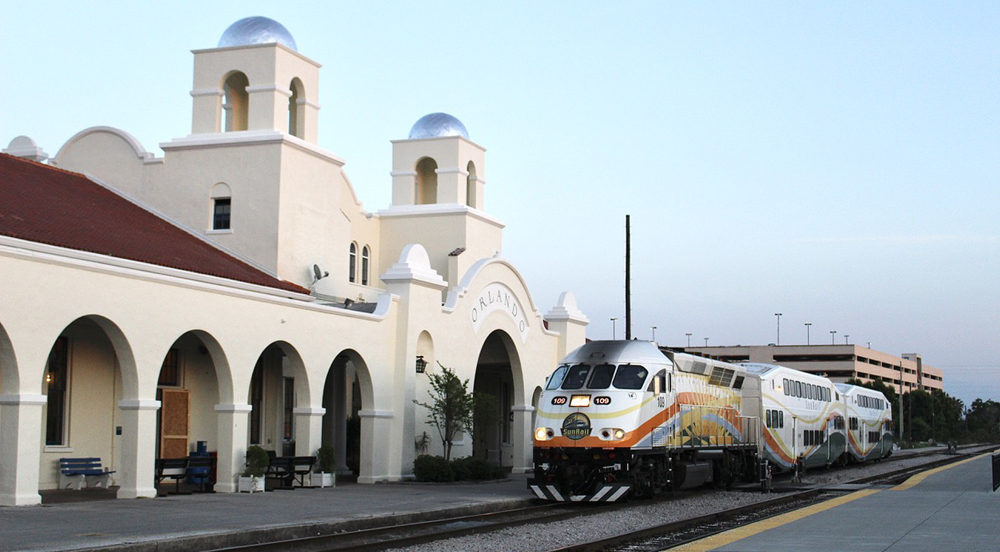PERTH, Australia — Officials with Australian mining corporation Rio Tinto say they’ve successfully operated a driverless train on a 60-mile stretch of tracks in western Australia.
In previous tests, Rio Tinto locomotives operated across the route in “autopilot mode,” but with a crew still present in the cab. This is the first test in which the locomotives’ operation was overseen remotely from Rio Tinto’s command center in Perth.
Monday’s test is a step towards fulfilling Rio Tinto’s 2012 announcement that it intended to spend $518 million to automate its freight trains. The effort, known collectively as the Auto Haul program, came after the company purchased a number of remotely operated trucks. Rio Tinto officials had expected that driverless locomotives would go into service by 2014, but unanticipated difficulty with the software pushed their estimate back to 2018.
“This successful pilot run puts us firmly on track to meet our goal of operating the world’s first fully autonomous heavy-haul, long-distance rail network,” said Chris Salisbury, Rio Tinto’s iron ore chief executive, told The Australian.
Rio Tinto officials say that automated trains will help to improve their safety standards. The programming will automatically respond to speed changes and alarms. It will also reduce costs and help the company maintain a competitive advantage as the mining industry endures a worldwide slump.
The autonomous railroad will still be required to meet Australian safety standards and receive regulatory approval before the technology is installed system wide.














NO! Computers fail more often than people do. Even with ground crews monitoring, danger lies ahead. Trains should NOT be run without a crew on board.
What is Ron Spenser talking about?
Unreliable train crews – What!!!. What an insult!
What about unreliable automatic trains?
Train misses its slot – so?, it’s a private railroad; the train can go later.
Things go wrong all the time in railroading; it’s called life
There are ample stockpiles at the port to cover these contingencies.
The 28,000 tonnes are not sold; they go onto the stockpile
Simple question, when something goes wrong, who will tell someone that the train is on fire? or do we let the burning, say locomotive, just continue on its way while bystanders call the railroad to tell them. And the railroads response is we’re sure that the crew would stop the train in a dangerous circumstance.
Making trains driverless makes a lot more sense than making trucks that way. Trains have a limited range of movement, thus in most instances, you have to go to them in order to get hit and killed. Trucks can wander and roam whereever, making Maximum Overdrive scenario much more likely.
Calling railfanning Foamer is one reason I lost any sympathy towards train crews and their “plight”. Reading some of the self-entitled narcissistic comments on boards like CSX-sucks pretty much sealed the deal. Enjoy your jobs as farmers boys. I would say “truck drivers”, but most of you couldn’t pass the CDL test, thus the reason you became Engineers.
This is nuts. From the comments, you can tell who are the railroaders and who are the foamers looking in from the outside. This is disaster waiting to happen.
So the engineers strike over driverless trains? Good. They aren’t needed anymore anyway. Strike all they want. Driverless trains are coming regardless of if we want them or not. I recall a similar thing being said when the railrad went in next to the Erie canal… all those canal jobs being lost! Horrors!
It takes adjustments to adapt to this changing and advancing technology. There will always be winners and losers. Hopefully, instead of rioting, striking, and complaining, those whose jobs are eliminated will have time to invent more new cool stuff, or maybe even learn some lost basic living skills, like making artisan cheese or bread, growing real food instead of the pesticide heavy GMO stuff so widely available. Just being generally productive is better than complaining about your lost job that isn’t coming back.
This was brought on by unreliable train crews on this system if a train misses its slot it means 28000 ton of ore is never sold there is no public crossings on the system you can drive on RIOs private roads with permission and there long tons not US short tons I worked at Paraburdoo in the early 70s and my greatest memory is of 3 Engines on the front and 2pushing 27000 tin uphill to Tom Price the sound will stay with me forever Alcos
Another nail in the coffin for railroad crewmen. When diesels replaced steam, and the firemen went away, that pales in comparison to this crewless trains, I guess that’s the future of the new world..more and more people, and less and less jobs..
This will be a day long remembered. It has seen the beginning of the defeat of the Unions and will inevitably see the end of the bitching and moaning of the T&E crews who believe they are the only people on the planet who have ever worked a job and should be worshipped for “driving” a train.
Now we just need to get those Cyberdine chips into our military hardware to really get the ball rolling.
“it intended to spend $518 million to automate its freight trains.”. I know personnel costs have become a fixation in the business world, but to spend $518 million all because of those bad ol’ personnel costs? What’s the payback period on this investment?
The amount of fun to be had with a crew less train……criminals and vandals already camping out!
I am only 8 years away from graduating high school/college, hopefully I can still fulfill my dream of manually operating a consists by the time I graduate. Yet with this news, I don’t see why railroads would wait that long to start looking into that type of thing over here in America.
Garrett,
It won’t be fully autonomous. There will still be people on the ground to observe and dispatch the trains. People will be needed to intervene if something goes wrong i.e. if a train hits a car at a grade crossing or has a mechanical failure. It will mean that having fresh crews on hand will not be a factor anymore. Crews going dead on the law and re-crews will be a thing of the past also.
My paediatrician’s prediction is finally coming true. Railways must adopt autonomous trains to be competitive against autonomous trucks, buses and automobiles.
With autominous trains, there would be no danger from sleep apnoea, distraction and operator’s fatigue. Signals and monitoring of track conditions will be programmed on trains as motor vehicles will be on roads.
Having watched the video a couple of times, the train appears to have run empty from the port at Dampier to the top of the 2% grade at around 60 miles from the port. I’ve said for some years that I’d like to go to a hilltop near the base of the steep grade with a beach umbrella, garden chair and a drinks cooler and watch the first fully loaded train descend the grade with nobody on board. I have ridden trains down that grade and watched the driver work the dynamic and air brakes to control a train of 30 000 metric tonnes (33 000 US tons) not including the locomotives. I’m not saying the system can’t be programmed to do it, but I’d like to watch from a safe distance…
As Roger Cole stated below it would have no problems on a closed system, which Rio Tinto is, it doesn’t interchange with any of Australia’s national network anywhere, and I believe it may not even have any public grade crossings, or if it does they’re minimal. This wouldn’t be run on laptop, but on a mainframe with a backup system in case the main computer goes down, most businesses have backups, even a backup generator should the power go out for some reason. Though there’s always something you can’t plan for no matter how many scenarios you run.
Walter Fegely, the entire system is closed, even the network can be closed to the outside world, so that throws your whole hacker theory out the window, and these are 20,000 ton + ore trains that go from point A to point B and no where in between. It’s the perfect setup for driverless trains.
Jim Norton, you’ll end up with a bunch of dead criminals and vandals when they get taken out by a 20k ton ore train moving at 60 kph(or more)…which is a good thing, more Darwin award winners eliminated from the gene pool.
It might work OK for a closed system like a mining operation, but I can’t see it being viable in a “real-world” situation where other railroads have trackage rights (like AMTRAK). Can you imagine a crewless oil train running through Lac Megantic? Or a train of hazardous chemicals traveling through a highly-populated urban area and having a derailment? Even if it would clearly be a mechanical defect, it would be blamed on the fact there were no humans present to intervene. Even my latest generation laptop occasionally freezes up. What happens when there is a software glitch especially at a critical point in the journey? Who do you hold responsible if there is no crew?
It all sounds fine now with the test being done. But what IF an that is a big IF they have a computer glitch, Some one hacks into the system, They lose communication with the train? It dies in no mans land or worse the lose control and can’t shut it down! Yes it may work fine for sometime but it’s the IF and WHEN somrthing goes wrong that I worry about. Because sooner or later something will go wrong. I wouldn’t want to be around say a 15,000 ton coal train with no human on board keeping an eye on things. Saw a news clip awhile back with a driverless car with a person in side blow through two red lights. Not good.